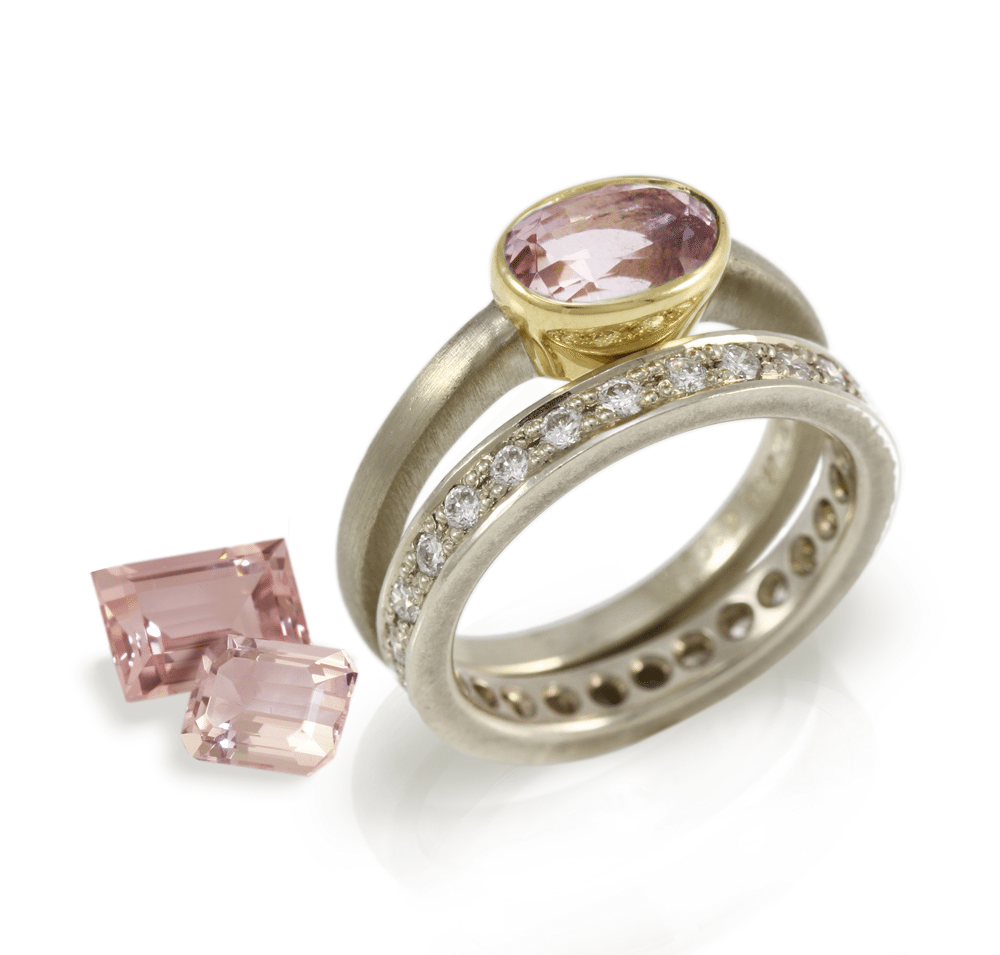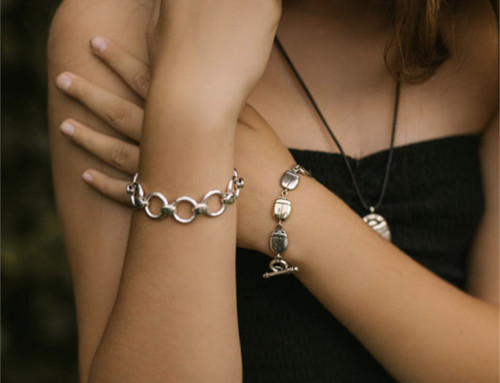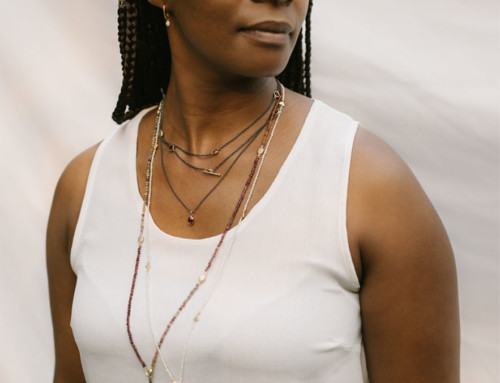Gems of Southern Africa
Gem: noun. A cut and polished precious stone fine enough for use in jewellery.
Southern Africa contains a wealth of diverse rocks and minerals. Some of the world’s oldest rocks, formed over 3 000 million years ago, are found here. The areas hide rough stones which, when polished, reveal beautiful gems.
TIGER’S EYE
Tiger’s eye is a silicified (impregnated with silica in nature) form of blue asbestos found in the Northern Cape. It has a hardness of 5.5 to 6 out of 10 on Mohs’ scale(the scale of hardness used in classifying minerals). When the stone is polished,it reveals a gem with a silky lustre. The yellow and dark brown bands are caused by fibrous inclusions which give it its characteristic surface called chatoyant, derived from the French word meaning ‘cat’s eye’.When yellow tiger’s eye is heated, it turns red, which is known as bull’s eye; and blueish grey stones are called hawk’s eye.
The stone is said to protect the wearer and is usually used as beading on necklaces and bracelets.
MORGANITE
Morganite is a caesium-bearing variety of beryl, named after the New York financier and gem enthusiast, John Pierpont Morgan.
Most Southern African morganites come from Antsirabe in Madagascar and Namibia. Their pleasing colours, from pale red-purple, rose, salmon to purplish red and slightly pink, are as a result of the presence of manganese. Inrare cases, it can display chatoyancy or asterism (a star effect), when cut to highlight these features. Aquamarine is another example of beryl; and unlike emerald, yet another beryl which tends to have significant inclusions, morganite is relatively free of inclusions.
Morganite has a glossy lustre and its clarity and hardness means it is a perfect stone to select for a handcrafted engagement ring.This crystal is said to welcome love into one’s life and nurturing that love as it continues to grow – a fitting stone for an engagement, then.
Another rarity of this stone is the availability of large,roughmorganite, allowing for larger faceted gems.
HELIODOR
Heliodor is the golden yellow or golden green variety of the mineral beryl. Heliodor beryl was discovered in 1910 in Namibia. Other regions where it is found are Madagascar and Brazil.
The word heliodor is from the Greek words for sun, ‘helios’, and gift, ‘doron’, so it quite literally means‘gift of the sun’. As with all members of the beryl family, the gem receives its colour from impurities; in this case from the presence of iron.
In Namibia, heliodor is found in association with aquamarine and a yellow-green variety at Klein Spitzkoppe near Rössing. It can also be found east of Swakopmund, and between Ai-Ais and Gaibes on the Fish River.
This stone has a hardness of 8 out of 10 and, as with morganite, is perfect to use in a bespoke engagement ring.
Spitzkoppe Namibia








Leave A Comment